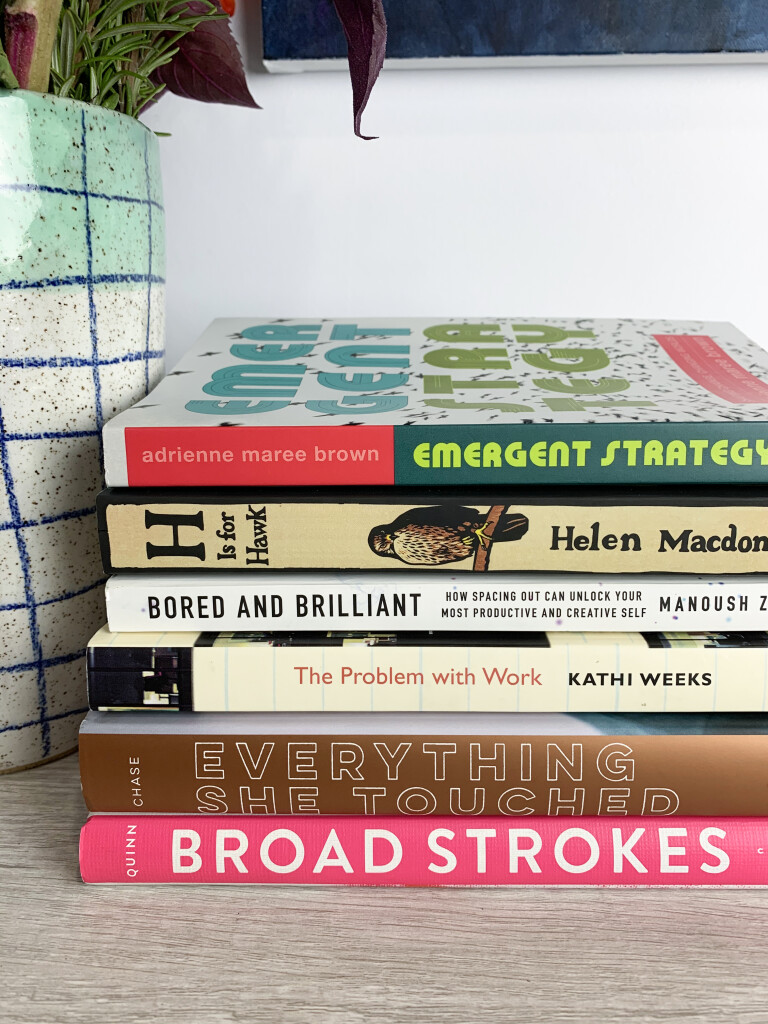
My October book list ended up being a little shorter than August or September, but I made up for that by reading some books that I truly loved.
I wasn’t sure what to expect from H is for Hawk by Helen Macdonald, but it’s been on my radar for a while, and after spotting in in a local bookstore (my first trip to a bookstore in over six months!) I decided to take the plunge. (My decision was validated at the owner’s excitement over the book when I brought it to the counter to pay.) And I’m so glad I did. The book was a fascinating exploration of Macdonald’s decision to work through her grief following the death of her father by training a goshawk, as well as a glimpse into the literary and social history of her fellow falconers. In many ways, this book defies description, but if you’re looking for a good work of narrative non-fiction, I’d highly recommend it.
One of the reasons my book list is a little shorter this month is that it took me SO long to get through my next book, The Problem with Work by Kathi Weeks. The dense, academic style of this book really made me work for it (ironic, I know) and while for that reason, I’d have a hard time recommending it to others, I would identify this as one of the most influential books I’ve read this year. Drawing on feminist and Marxist perspectives, Weeks challenges our cultural reliance on work and explores alternative strategies including refusals of work and universal basic income. (Which I was already a supporter of before, but am even more so after reading this book.) Weeks’ book has sent me down a rabbit hole when it comes to our modern relationship to work, and so I’m sure I’ll have more to say on this with future reads. But suffice it to say, this book has lodged itself in my brain and it’s likely not the last you’ll be hearing from me about it or the concepts it covers.
After the mental workout that was The Problem with Work, I wanted to slide into something a little more readable, but that would maybe get my head around applying some of the ideas I’ve been working out in my head. I read (and enjoyed) adrienne maree brown’s book Pleasure Activism back in August, so I decided to dive into her earlier book, Emergent Strategy. Not only did I love the thoroughly non-academic writing style, but I loved brown’s takes on activism and biomimicry. As I described to a friend, reading Emergent Strategy was a bit like going to an incredible yoga session – I’m not totally sure I could pinpoint her “point” but I felt better (mind, body, and soul) after reading it.
Still not ready to dive back into more academic writing, I followed that up with Everything She Touched: The Life of Ruth Asawa by Marilyn Chase. I loved learning more about the life of this badass artist, and you can see my full thoughts on the book here.
Next up was Bored and Brilliant by Manoush Zomorodi. I can’t say this was a super earth shattering book for me, after reading books like Digital Minimalism and How to Do Nothing, but if neither of those books resonated with you, Bored and Brilliant could be a good alternative. It isn’t as out of touch with reality as Digital Minimalism feels, and it’s more pragmatic and actionable than How to Do Nothing. Bonus: it’s a pretty quick read. I read most of it in a day!
My final completed read for October was Broad Strokes by Bridget Quinn. After reading Everything She Touched, I was in the mood to read about more women artists, and Broad Strokes profiles 15 women artists, weaving their stories with those of writer and art historian Quinn’s own personal quest to learn about more women artists. It’s also a fairly quick read, but if you’re looking for a quick introduction to some lesser known female artists (including Ruth Asawa), this is a good place to start.
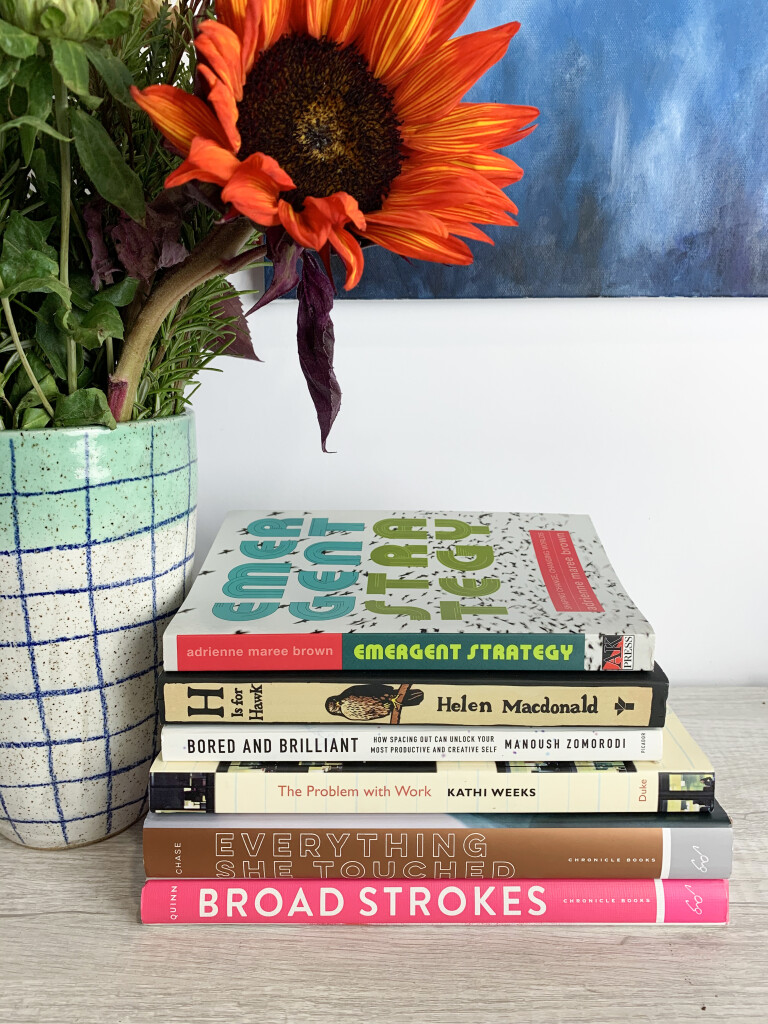
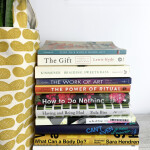
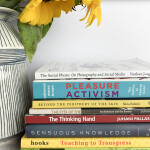
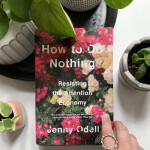
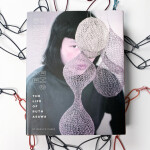
Leave a Reply